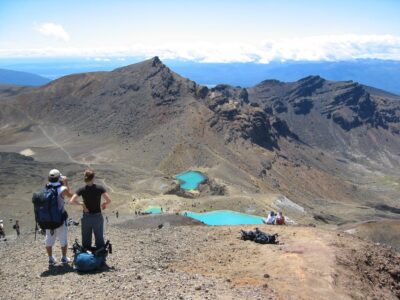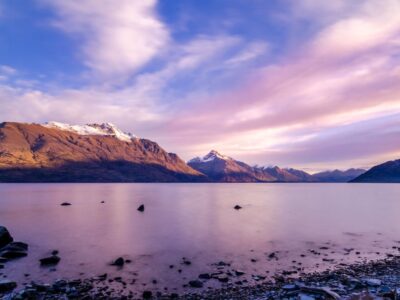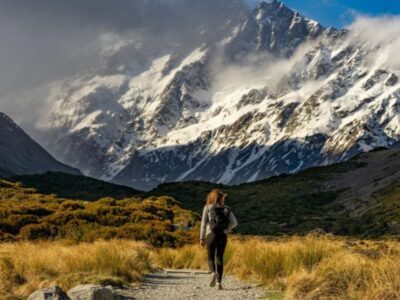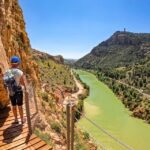All You Need to Know About Tongariro Alpine Before You Go
Tongariro Alpine Crossing New Zealand
The Tongariro Alpine Crossing, located in New Zealand’s North Island, is a world-renowned hiking trail through active volcanic terrain. With its dramatic landscapes, including emerald lakes and craters, it offers one of the most iconic hikes in the world. The Crossing’s volcanic beauty, rich history, and unique features make it a must-do for any adventurer.
The trail takes hikers through a living volcanic landscape, offering a glimpse into the Earth’s fiery past and Māori cultural significance. It’s an unforgettable journey with landscapes that feel otherworldly, from sulfuric craters to crystal-clear lakes.
Where is Tongariro Alpine Crossing?
The Crossing is in Tongariro National Park, a UNESCO World Heritage Site. It’s easily accessible from nearby towns like Taupō, Turangi, and National Park Village. These towns provide the best bases for the trek, with shuttle services available to the trailhead.
Taupō is the largest town nearby and offers a variety of accommodations. Turangi and National Park Village are closer to the trail, making them more convenient for those looking to stay near the start of the hike.
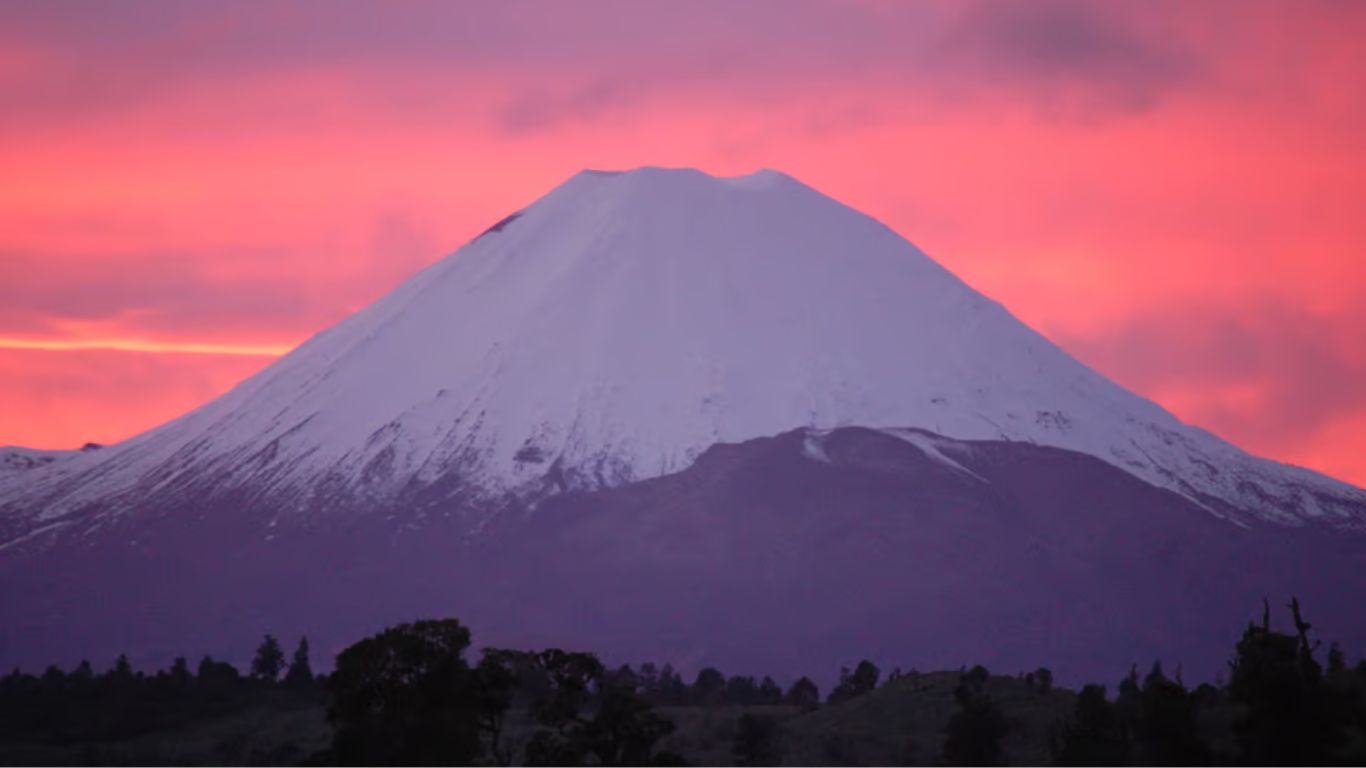
A breathtaking view of the Tongariro Alpine Crossing, showcasing volcanic craters, rugged mountains, and the iconic Emerald Lakes— one of New Zealand’s top hiking experiences.
Best Time to Visit
The best time to hike is during summer (December-March), when weather conditions are favorable, and the trail is generally free of snow. Summer also provides clear views, but it’s a busy time. Winter hiking (June-August) offers a more isolated experience, though snow and ice add difficulty, requiring extra gear and experience.
For ideal hiking conditions, aim for late spring or early autumn when the weather is still mild but the crowds are thinner. Always check the weather forecast as conditions can change rapidly.
Essential Permits and Regulations
No specific permit is required for the Crossing, but conservation rules must be followed, including staying on the trail and packing out all waste. It’s important to respect the cultural significance of the area to the Māori people, as the land is sacred to them. Following local guidelines ensures both environmental and cultural preservation.
Respectful travel is crucial—be mindful of sacred sites and local customs while enjoying the natural beauty.
How Difficult is the Tongariro Alpine Crossing?
The Tongariro Alpine Crossing is a 19.4 km (12 miles) hike with an elevation gain of 1,000 meters (3,280 feet). It can take 6-8 hours to complete, depending on your pace. The trail features steep climbs like the Devil’s Staircase and high-altitude sections, making it challenging.
While experienced hikers will find it manageable, beginners should assess their fitness levels and consider training before attempting the trek. It’s essential to be prepared for the demanding terrain and conditions.
What to Pack for the Hike
Essential gear includes sturdy hiking boots, weather-appropriate clothing, a hat, sunscreen, and a first aid kit. For hydration, carry at least two liters of water. Food should include high-energy snacks like nuts and energy bars. Pack light but ensure you have the right gear for the conditions, especially if hiking in winter.
For winter, you’ll need additional layers, a waterproof jacket, and potentially traction devices like crampons. Always prepare for changing weather conditions.
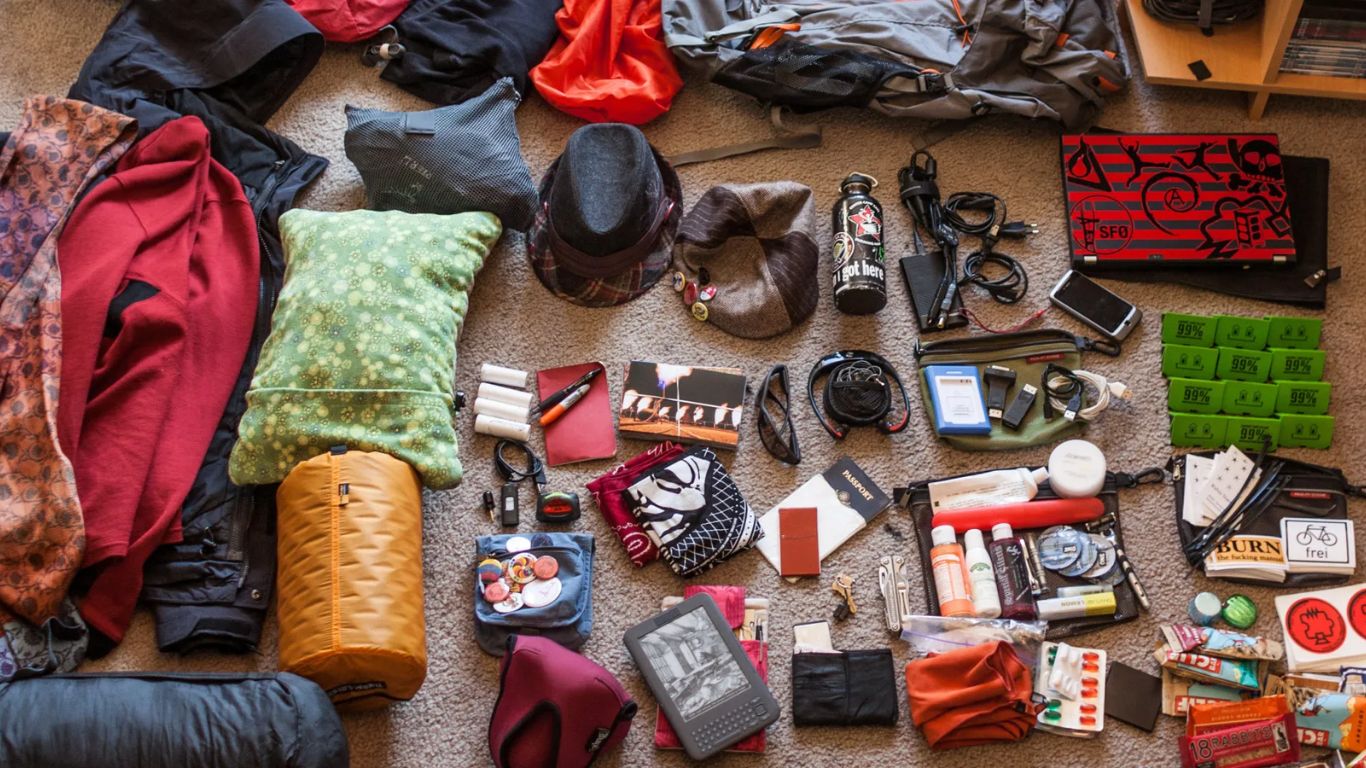
A carefully packed bag with essential gear for the Tongariro Alpine Crossing hike, including hiking boots, water bottles, and outdoor supplies, ready for the adventure ahead.
Navigating the Trail: Key Landmarks and Highlights
The journey begins in Mangatepopo Valley, offering breathtaking views of surrounding volcanoes. Key highlights include Soda Springs, a scenic spot to rest before tackling the Devil’s Staircase, and the South Crater, a stunning, desolate landscape. The Red Crater, the highest point, rewards hikers with spectacular panoramic views.
Emerald Lakes, with their striking color, are one of the trail’s most photographed features, followed by the Blue Lake as you descend toward Ketetahi.
Safety Tips and Emergency Preparedness
Weather conditions on the Crossing can change quickly, so always check the forecast. Be aware of the potential for altitude sickness, and pace yourself. In case of an emergency, the nearest shelter is Ketetahi, where hikers can seek help. Always hike with a buddy and inform someone of your plans.
Carry a fully charged phone, a map, and emergency contact details for local search and rescue teams. Being prepared helps you stay safe.
Accommodation Options Near Tongariro
Accommodation options range from hotels and lodges in National Park Village to budget-friendly backpacker hostels in Taupō and Turangi. National Park Village is the closest to the trail, making it ideal for early starts.
For outdoor enthusiasts, camping is available near the park’s entrances, offering a more rustic experience.
Transportation and Shuttle Services
Shuttle services are essential as the trek is one-way. Many companies operate from Taupō, Turangi, and National Park Village, providing transport to the trailhead and back. Parking is available but limited, so using a shuttle is more convenient.
Pre-book your shuttle, especially during peak season, to secure your spot. Book your shuttle here.
Photography Tips for Capturing the Best Shots
The best photos can be taken at the Red Crater and Emerald Lakes. Early morning or late afternoon light provides the best conditions for dramatic shots. A DSLR or mirrorless camera with a wide-angle lens works best for capturing vast landscapes.
Make sure to have extra batteries and memory cards, as the scenery will tempt you to take countless photos.
Alternative Hikes and Activities Nearby
If you have time, explore other trails in Tongariro National Park, such as the Tama Lakes or the Mount Ruapehu summit. For relaxation, visit the Tokaanu Hot Springs or enjoy the nearby Taranaki Falls.
The area also offers skiing opportunities in winter and scenic drives for those seeking alternative activities.
Sustainable Travel: Preserving the Beauty of Tongariro
Adhere to “Leave No Trace” principles by packing out all waste and staying on marked paths to minimize environmental impact. Respect Māori cultural heritage by following guidelines around sacred sites.
Supporting local conservation efforts helps preserve the park’s volcanic landscapes for future generations.
Final Tips for an Unforgettable Experience
To make the most of your adventure, arrive early to avoid crowds and check weather conditions beforehand. Bring plenty of water and snacks, and prepare for variable weather. If it’s your first time, consider a guided tour for a deeper understanding of the area’s history and geology.
Most importantly, take your time to enjoy the incredible beauty of this UNESCO World Heritage Site—it’s a once-in-a-lifetime experience.
More information about Hikes in New Zealand
Tongariro Hiking Guide
The Tongariro Alpine Crossing is one of New Zealand’s most iconic hikes, offering hikers the chance to explore volcanic landscapes, emerald lakes, and craters. This guide provides essential information on the trail, from what to pack to safety tips. It’s important to be prepared for rapidly changing weather conditions and challenging terrain, ensuring a safe and rewarding journey.
Emerald Lakes Tongariro
The Emerald Lakes are one of the most photographed spots along the Tongariro Alpine Crossing. The vibrant turquoise waters are surrounded by volcanic craters, creating a surreal and stunning landscape. These lakes are formed from volcanic activity, and their unique color is due to the minerals in the water, making them a must-see on the trail.
Best Time to Hike Tongariro
The best time to hike the Tongariro Alpine Crossing is during New Zealand’s summer months (December to March), when the weather is generally stable, and the trail is snow-free. Early spring and autumn also offer great conditions with fewer crowds. However, winter hikes are for experienced adventurers, as snow and ice can make the trail more challenging.
Hiking Permits New Zealand
In New Zealand, most hiking trails, including the Tongariro Alpine Crossing, do not require specific permits, but it’s essential to follow local regulations. This includes staying on marked paths, respecting Māori cultural sites, and adhering to conservation rules. Some areas may require park fees, so always check for any updates before your hike. For more details, you can visit DOC’s official page on Tongariro.
Volcanoes in New Zealand
New Zealand is home to several active volcanoes, including those in Tongariro National Park. These volcanoes shape the landscape, creating dramatic terrains like craters, lava fields, and geothermal features. Mount Ruapehu, Tongariro, and Ngauruhoe are the most famous, with many offering hiking opportunities for those interested in exploring volcanic environments. Learn more at Volcanic Explorer.
Best Hikes in New Zealand
New Zealand boasts some of the best hiking trails in the world, from the Tongariro Alpine Crossing to the Milford Track and Routeburn Track. The diversity of landscapes, including alpine meadows, lakes, and forests, makes it a haven for trekkers. Whether you’re seeking challenging adventures or leisurely walks, New Zealand’s hiking trails cater to all levels. For more on the top hikes, check out this New Zealand hiking guide.
Tongariro Alpine Safety Tips
Safety is crucial when hiking the Tongariro Alpine Crossing due to the challenging terrain and unpredictable weather. Always check the weather forecast before starting, bring plenty of water and food, wear appropriate footwear, and layer your clothing for changing temperatures. It’s also important to hike with a buddy and inform someone of your plans for the day. Visit AdventureSmart for more safety tips.
Photography in Tongariro National Park
Tongariro National Park offers some of New Zealand’s most photogenic landscapes, including volcanic craters, emerald lakes, and rugged mountain views. The best time to capture stunning images is during the early morning or late afternoon when the lighting is soft. A DSLR or mirrorless camera with a wide-angle lens is ideal for capturing the vast scenery. For photography tips, visit New Zealand Photography.
New Zealand Adventure Travel
New Zealand is a top destination for adventure travel, with activities ranging from hiking and skiing to bungee jumping and kayaking. Its diverse landscapes offer endless opportunities for outdoor exploration, especially in areas like Tongariro National Park, Queenstown, and Fiordland. Whether you’re an adrenaline junkie or a nature lover, New Zealand has something for every adventurer. For more ideas, check out Adventure South.
Related Tours and Activities
Tongariro Alpine Crossing: Hike Trail Roundtrip Shuttle
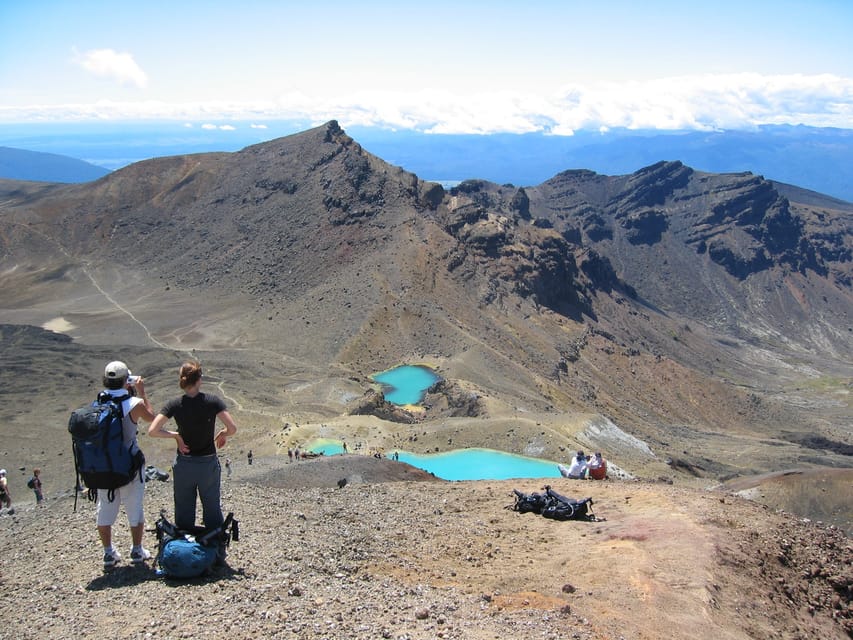
Simplify your Tongariro Alpine Crossing experience with a roundtrip shuttle service. This service provides morning pick-up and afternoon return transfers, allowing you to focus on the hike without transportation concerns. The Tongariro Alpine Crossing is renowned as one of the best one-day hikes in New Zealand, offering challenging climbs and breathtaking views of Tongariro National Park.
Book this tour.
Waitomo: Glowworm Caves Guided Tour by Boat
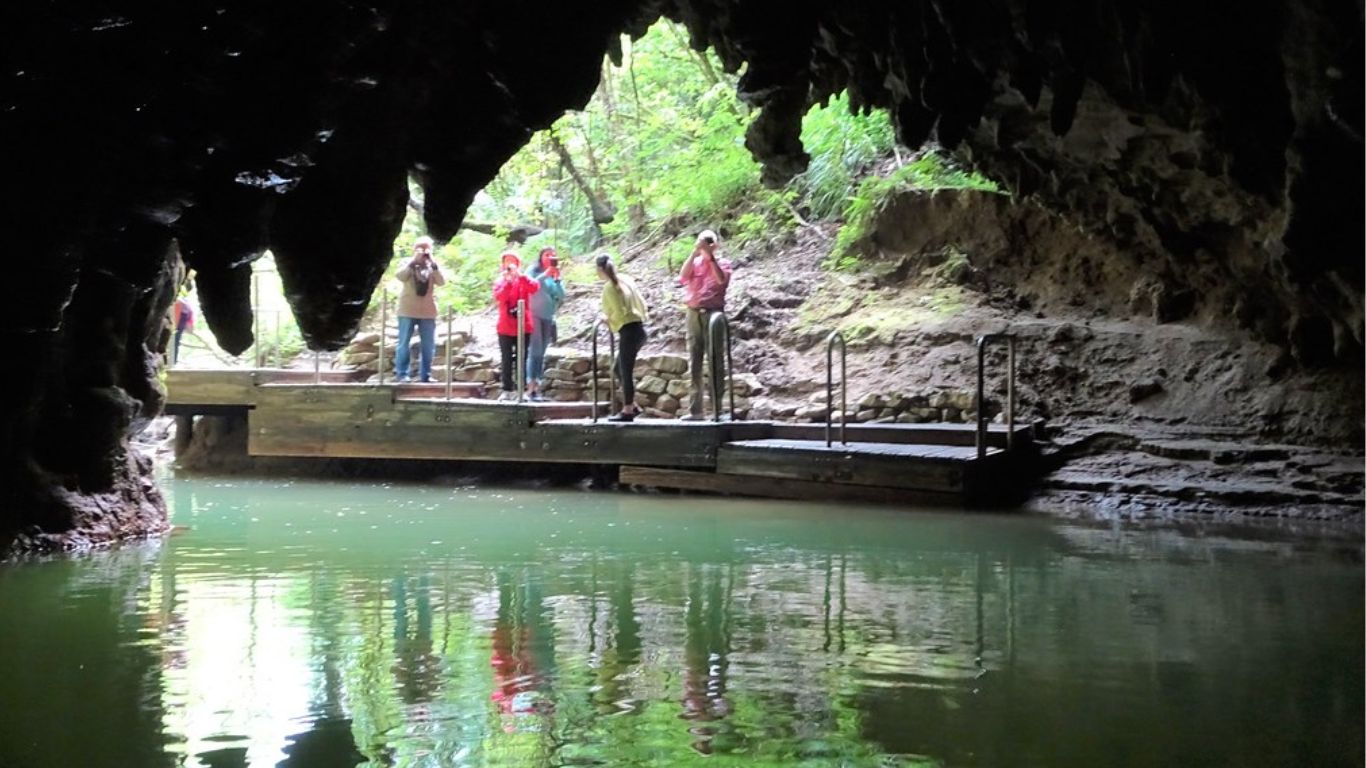
Waitomo: Glowworm Caves Guided Tour by Boat
Discover New Zealand’s natural wonders at the Waitomo Glowworm Caves on a guided boat trip. Glide through this underground complex, illuminated by millions of tiny bioluminescent insects. The tour includes a visit to the Cathedral Cave and insights into the cave’s 30-million-year history.
Book this tour.
Mount Cook: 3-Hour Tasman Glacier Helicopter Ride and Hike
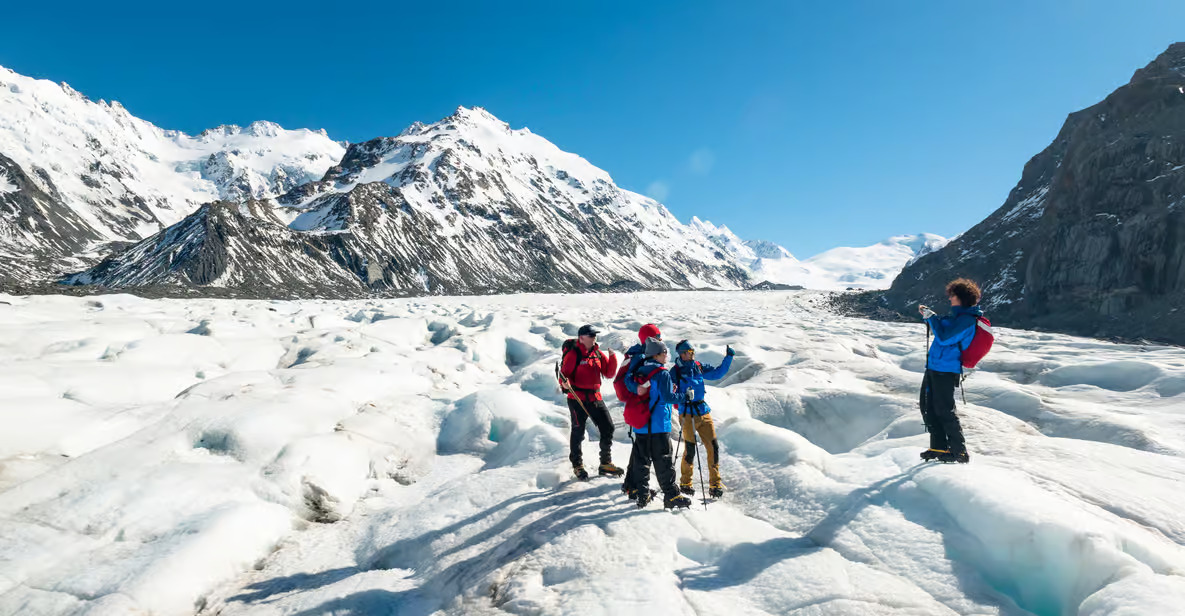
Mount Cook: 3-Hour Tasman Glacier Helicopter Ride and Hike
Experience New Zealand’s largest glacier with a scenic helicopter flight over Aoraki/Mount Cook, followed by a guided hike on the Tasman Glacier. This tour offers unique perspectives of the Southern Alps and an unforgettable adventure on the ice.
Book this tour.
Abel Tasman National Park: Cruise and Walking Tour Combo
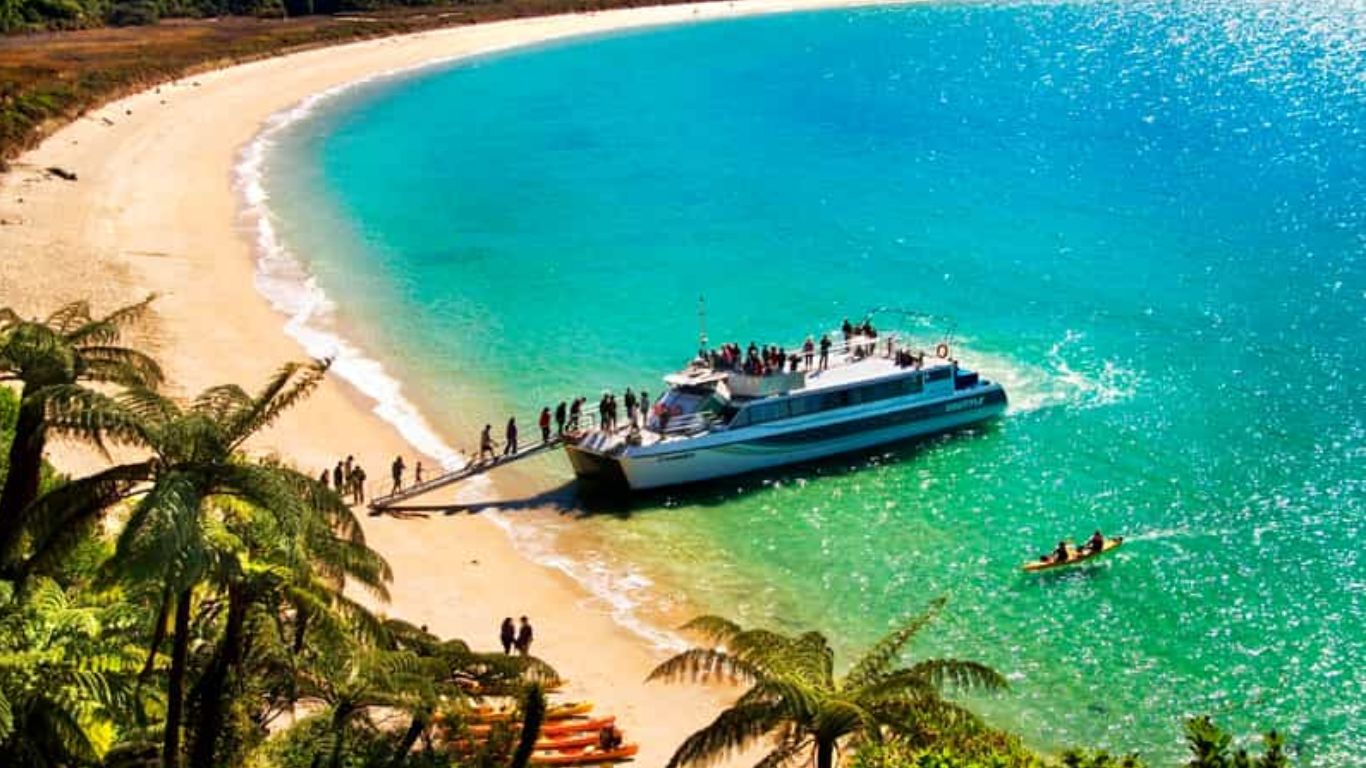
Abel Tasman National Park Cruise and Walking Tour combo
Explore the beauty of Abel Tasman National Park with a full-day boat cruise and walking tour. Choose from three different walk options, each offering scenic cruises, visits to Split Apple Rock, a fur seal colony, golden beaches, and forest walks. This tour provides a comprehensive experience of the park’s natural attractions.
Book this tour.
Arthur’s Pass: TranzAlpine Train and Castle Hill Day Tour
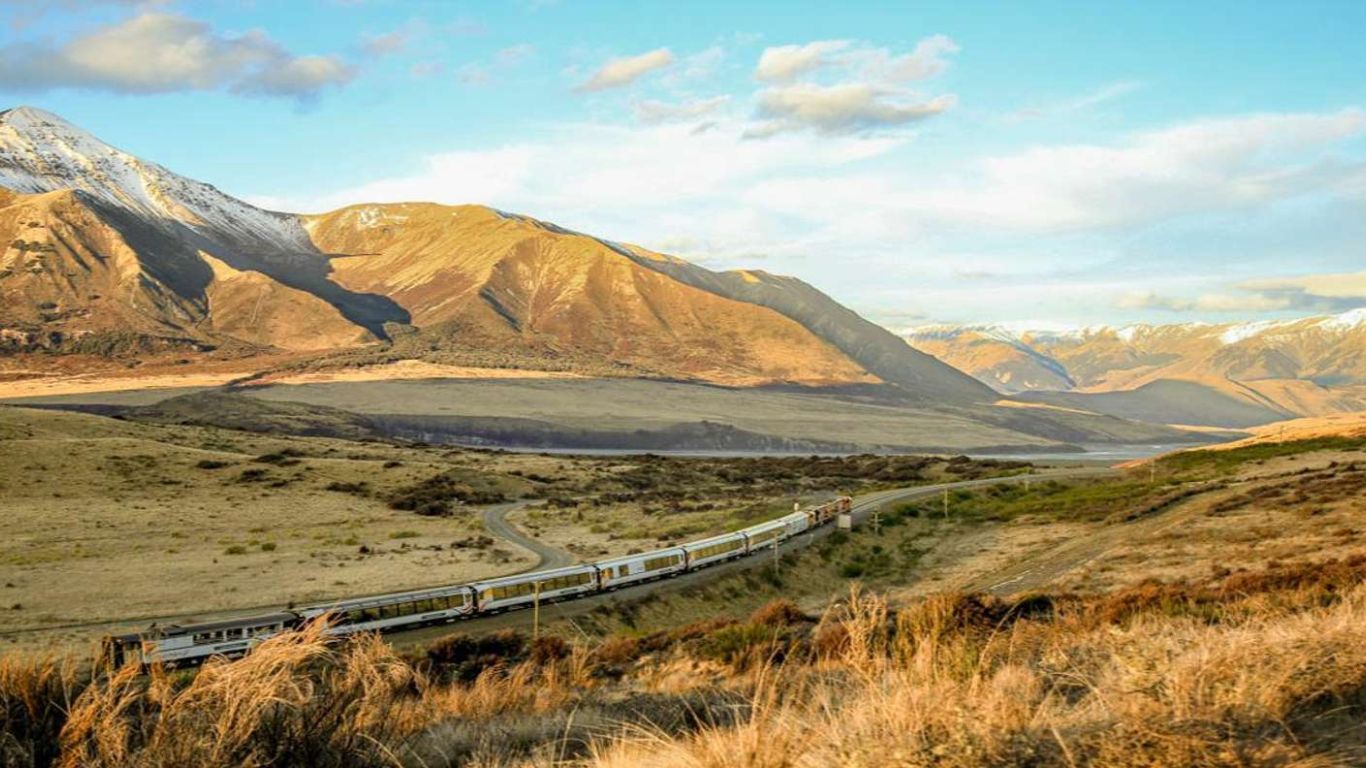
Arthur’s Pass: TranzAlpine Train and Castle Hill Day Tour
Experience the beauty of New Zealand’s Castle Hill, the turquoise waters of Waimakariri Gorge, and the alpine village at Arthur’s Pass on this guided day trip. The tour includes a ride on the TranzAlpine Train, offering some of the most scenic rail journeys in the world.
Book this tour.
Related Articles:

